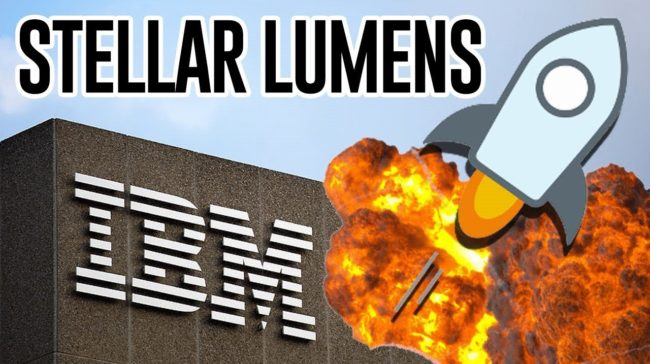
IBM reported today that it would roll out a new cross-border payment solution known as World Wire. But what buzzed the cryptocurrency community is that it relies on the Stellar (XLM) Protocol. In other words, World Wire would compete directly with Ripple’s xRapid platform.
“Using blocking technology and the Stellar (XLM) protocol, IBM Blockchain World Wire enables financial institutions to clear and settle cross-border payments in seconds,” the official World-Wire site reads.
Furthermore, they also talked about how World Wire operates, describing the fact that two financial entities will agree to use an asset bridge between two fiduciary currencies. The digital asset in the talks could be a stable coin (a crypto token backed by fiat money), a central bank’s crypto coin, or any “other digital asset.”
How IBM and Stellar (XLM) protocol’s World Wire cross-border payment solution works?
When one party sends fiat money to another party, the system converts it in a digital asset. Finally, the receiver would get the money in its own fiat currency.
World Wire has features including concurrent clearing and settlement, the removal of multiple parties that process traditional cross-border payments, and the reduction of capital required to conduct the transactions. They also noted that the system would “support payments of any size, to any destination, on any type of asset.”
“The solution uses digital assets to settle transactions, serving as a value reserve agreed upon by the parties, as well as to integrate payment instruction messages,” World Wire stated.
IBM states that around 97% of the world’s leading banks are among its customer network, with over 90% of all credit card operations worldwide are carried out using its systems.
World Wire of IBM and Stellar (XLM) protocol is the new competitor of Ripple’s xRapid
Although this is bullish for Stellar (XLM) holders, many are familiar with the cryptocurrency space and will acknowledge that this platform is very similar to Ripple’s xRapid.
The new system also seeks to lower the capital costs for cross-border payments by removing the requirement for pre-financed liquidity in a nostro and vostro accounts format.




